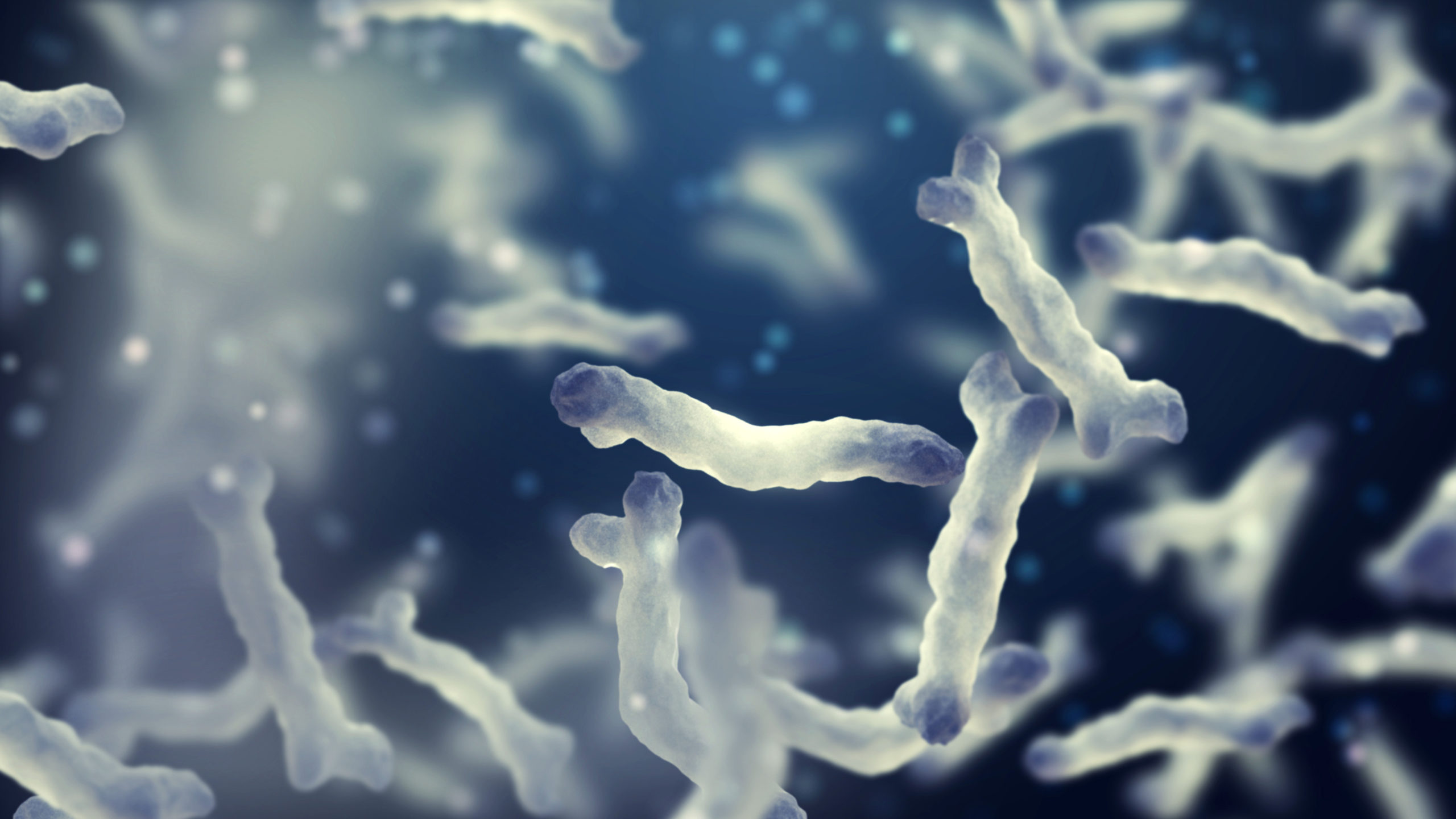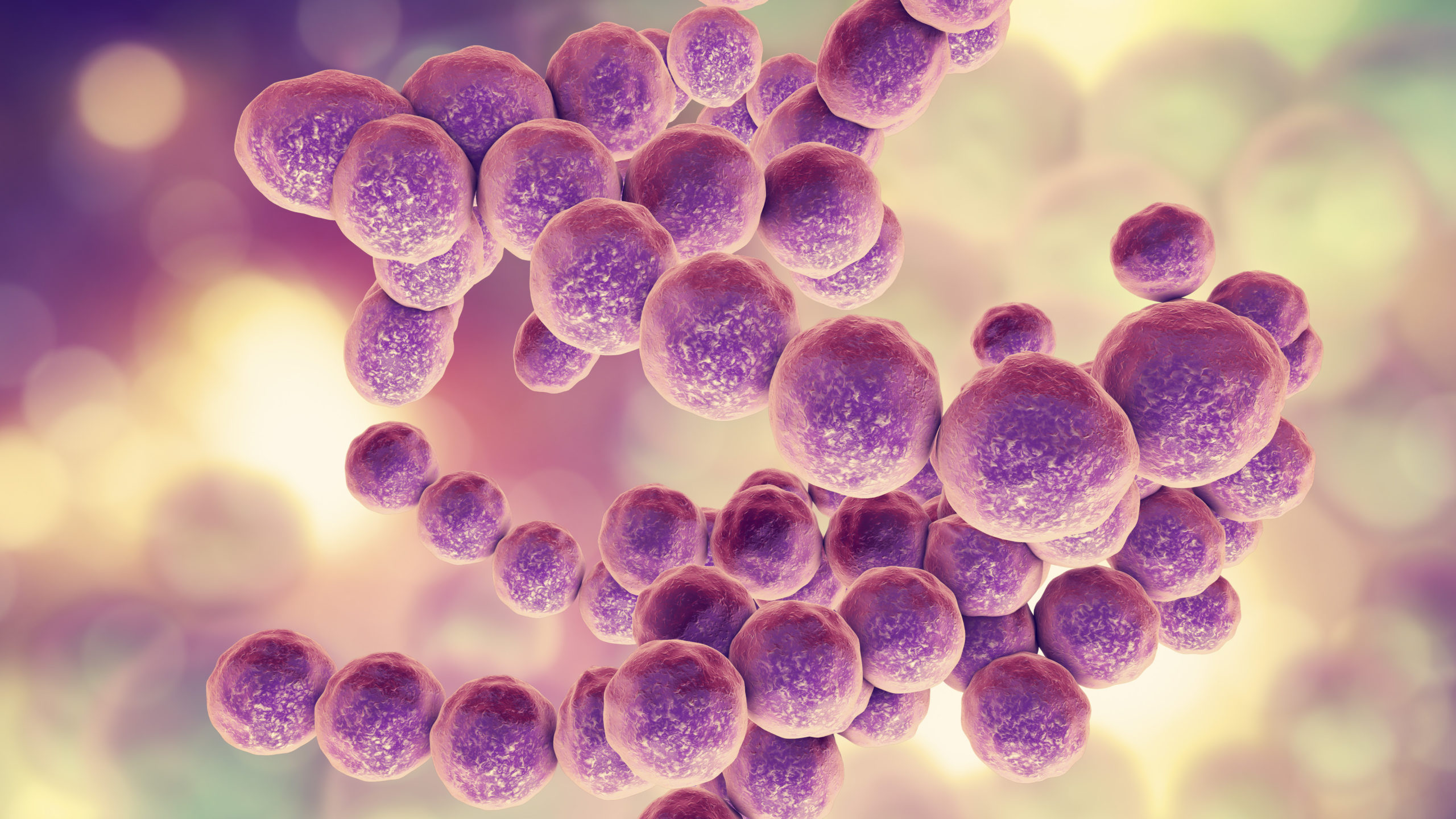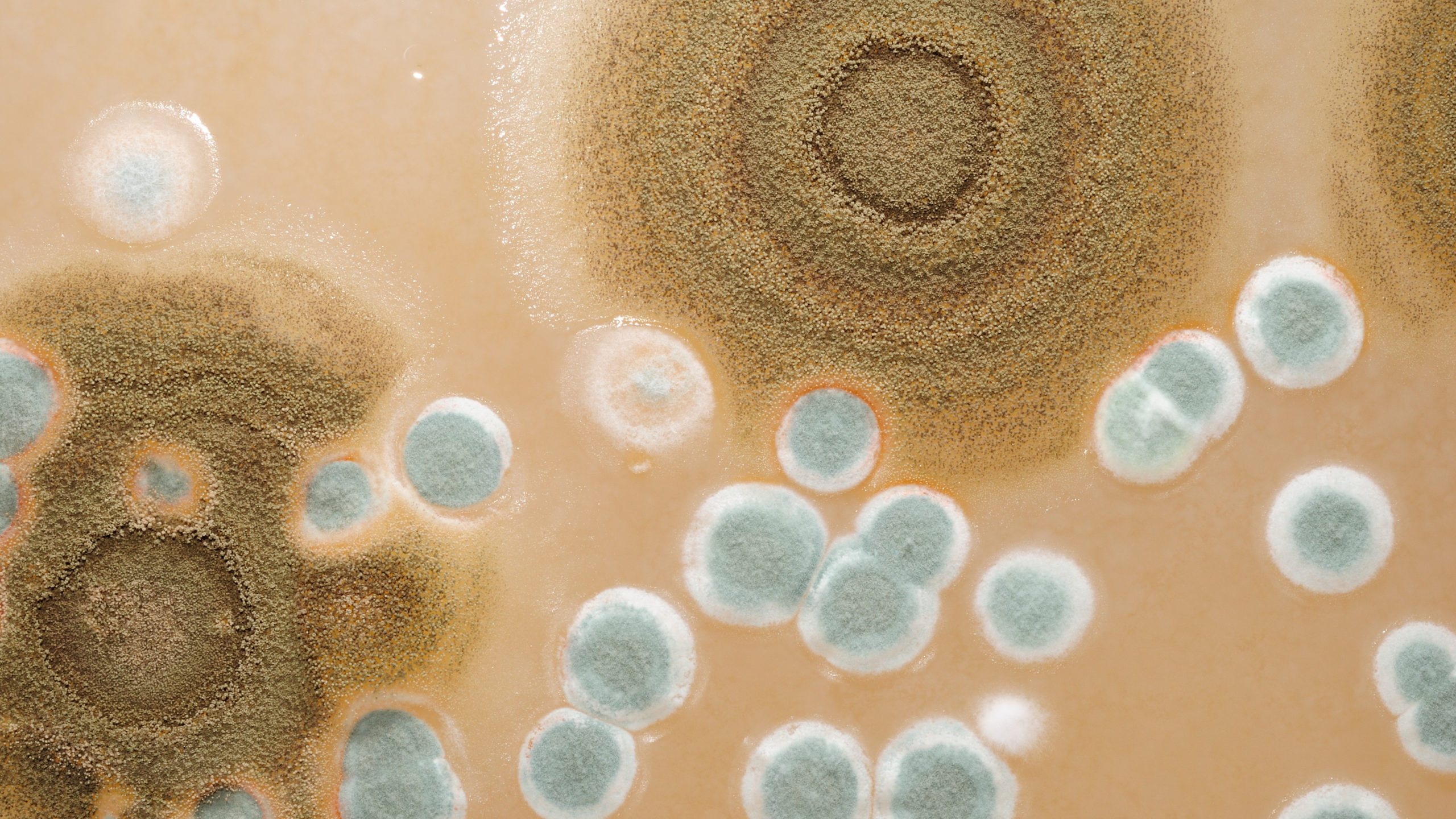Surface Swab Testing
Trace Analytics is proud to offer third-party, accredited microbiological testing and analysis for surface swab testing.
Environmental Monitoring with Surface Swab Testing
The presence of unwanted, or pathogenic microorganisms in controlled environments in manufacturing facilities can be detrimental to the end-product, consumer, and reputation of the company. Bacteria, yeast, and mold are found everywhere in our environment. Surface swab testing is an excellent way to monitor corners, crevices, knobs, gloves, or hard to reach locations in your facility.
Regular environmental monitoring can assure manufacturers that harmful microbes are not impacting their products. From filtration, to sanitization, to personnel operations, microbiological testing can help ensure that your procedures and control methods are working effectively.
Microbiological testing helps clients meet program and certification requirements like HACCP, SQF, BRC, GMP, and more.
Why Perform Swab Testing
Microorganisms thrive in environments with water, oil, and warm temperatures. That said, many microorganisms can reproduce and spread under extreme conditions as well. Some are even able to consume plastic, rust, and oil for energy. Bacterial spores can be resistant to heat, UV and can remain dormant for long periods of time. Because of their ability to thrive in a variety of environments, surface swab testing is a exceptional way to identify microbial contamination in critical locations.
A thorough risk assessment and monitoring plan can help manufacturers understand risks unique to their facility. Regular surface swab testing can help provide trend analyses, telling users when and where certain types of microorganisms are likely to occur. Testing can also help ensure that your control procedures are working effectively. Microbial analyses identify bacteria, yeast, and mold present on surfaces.
What to Test For

Testing Made SimpleAccurateEasy
Trace Analytics’ laboratory is accredited by the American Association for Laboratory Accreditation. We use state-of-the-art lab equipment that allows us to analyze hundreds of compressed air and environmental samples daily. The result is consistency, accuracy, precision, and rapid turnaround. Trace is an A2LA accredited laboratory complying with ISO 17025, certificate #0322-01.




